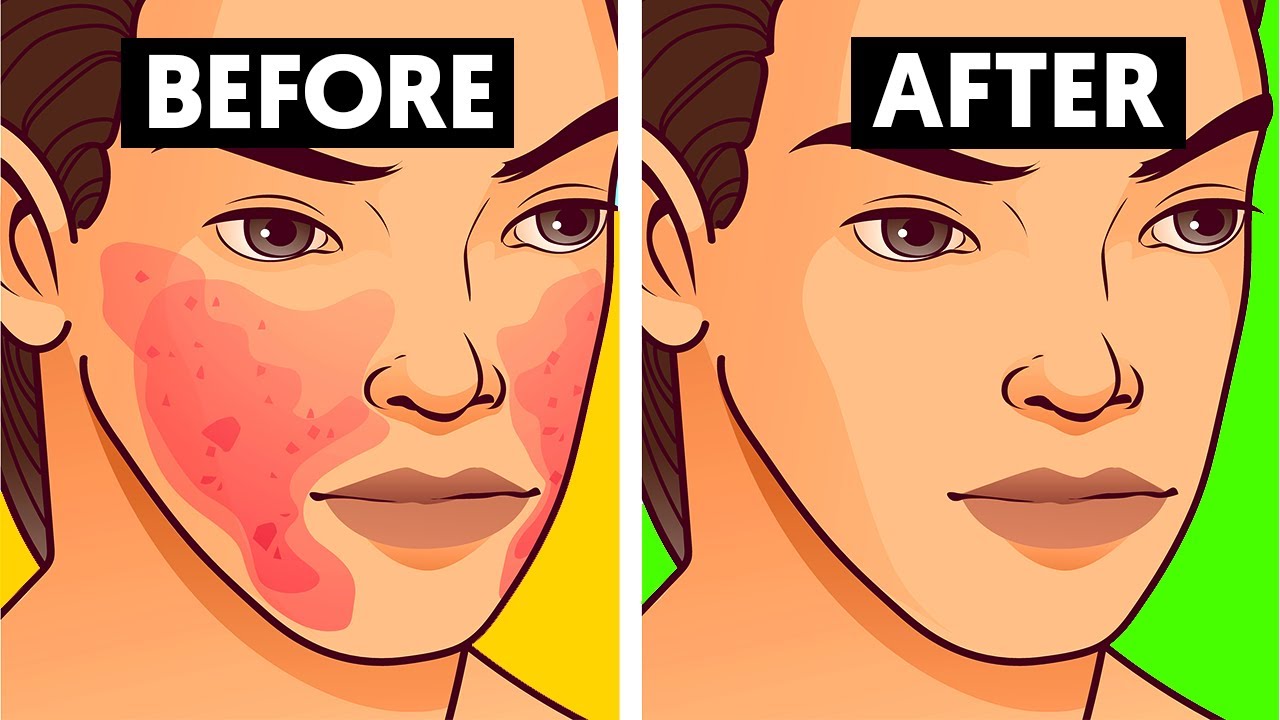How To Get Rid of Your Acne Scars Fast
Acne can be painful, but above all, it’s an embarrassing skin condition that everyone hates.
Worst of all, it leaves behind marks and scars.
If you’re wondering how to manage your acne scars, then you’ve come to the right place.
Although they can be painstakingly stubborn to treat, with time, dedication, and the
right products, you can effectively reduce their appearance.
It’s important to note, however, that you cannot get rid of them overnight.
In fact, raised scars and patches of pigmentation can linger for months, sometimes even years.
That said, there are tactics you can use to smooth your way back into a bright, even skin.
Perhaps the “fastest” way you can is through derma procedures like micro-needling and peels–which we will be covering more on so stay tuned!
For acne scars
1. Microneedling
Performed by a professional, micro-needling is perhaps the best for scarring, while also help reduce signs of aging.
By creating micro-wounds into the skin, it forces the skin to produce new healthy collagen and elastin, reforming the skin.
The earlier this is done the better, as it can be harder to treat old scars.
2. Chemical peels
For scars that aren’t severe and too deep, you can remove them with chemical peels.
This clinical treatment with a low-pH acid will surely make a huge difference.
Plus, today, there are tons of options that work to renew the skin surface, reducing the depth and level of acne scarring.
3. Laser treatment
Mild scarring can also be treated with lasers.
One kind is the ablative laser that vaporizes the scar o new skin can regenerate in its place.
There’s also a non-ablative laser that stimulates collagen production to repair the skin around the scar.
Ablative laser treatments are best for deep scars while non-ablative ones are ideal for scars on the surface.
4. Fillers
Acne scars can leave permanent indentations in the skin, which are impossible to remove.
You can opt for filler injections to temporarily fill these indentations.
This will even out your skin’s surface for a certain period.
Since it isn’t a permanent solution, you need to get fillers every 4 to 6 months if you want to maintain a smooth, even skin.
For acne marks and post-inflammatory hyperpigmentation
5. Vitamin C
To brighten dark hyperpigmentation due to acne, vitamin C is a highly potent
ingredient.
Its benefits are endless as well including skin brightening and revitalizing and promote the production of collagen.
It also helps prevent dark spots or sun spots from forming in the future.
Alpha-hydroxy-acids
An acid peel is an excellent way to reduce the appearance of post-inflammatory hyperpigmentation.
It works by exfoliating the skin and fading discoloration.
Alpha-hydroxy-acids like mandelic, glycolic, and lactic acid dissolve the component that holds dead skin cells together.
As a result, it reveals a fresher, brighter skin beneath.
7. Retinol
Retinol or vitamin A is useful for acne marks since it controls hyperpigmentation by boosting your skin cells’ turnover rates.
This renewal of the cells helps reduce post-inflammatory hyperpigmentation.
So, have you thought about which method you will try?
Let us know by leaving a comment below this video.



![[ID: Hx_A0iLhdr8] Youtube Automatic](https://bizimtube.com/wp-content/uploads/2021/03/id-hxa0ilhdr8-youtube-automatic-236x133.jpg)
![[ID: lp7w0UmpuIs] Youtube Automatic](https://bizimtube.com/wp-content/uploads/2021/03/id-lp7w0umpuis-youtube-automatic-236x133.jpg)
![[ID: s2-7T1TH-lY] Youtube Automatic](https://bizimtube.com/wp-content/uploads/2021/03/id-s2-7t1th-ly-youtube-automatic-236x133.jpg)
![[ID: b_lakC9M4UQ] Youtube Automatic](https://bizimtube.com/wp-content/uploads/2021/03/id-blakc9m4uq-youtube-automatic-236x133.jpg)
![[ID: r44yl6nPONs] Youtube Automatic](https://bizimtube.com/wp-content/uploads/2021/03/id-r44yl6npons-youtube-automatic-236x133.jpg)
![[ID: pAwto1YQjA8] Youtube Automatic](https://bizimtube.com/wp-content/uploads/2021/03/id-pawto1yqja8-youtube-automatic-236x133.jpg)
![[ID: XETG8azHiv4] Youtube Automatic](https://bizimtube.com/wp-content/uploads/2021/03/id-xetg8azhiv4-youtube-automatic-236x133.jpg)
![[ID: f3G_-S_2HUk] Youtube Automatic](https://bizimtube.com/wp-content/uploads/2021/03/id-f3g-s2huk-youtube-automatic-236x133.jpg)
![[ID: G8oWns54snA] Youtube Automatic](https://bizimtube.com/wp-content/uploads/2021/03/id-g8owns54sna-youtube-automatic-236x133.jpg)
![[ID: s0lIFXhu6aw] Youtube Automatic](https://bizimtube.com/wp-content/uploads/2021/03/id-s0lifxhu6aw-youtube-automatic-236x133.jpg)
![[ID: 4UTd2Ev8eYg] Youtube Automatic](https://bizimtube.com/wp-content/uploads/2021/03/id-4utd2ev8eyg-youtube-automatic-236x133.jpg)
![[ID: RKBGBjVJBxQ] Youtube Automatic](https://bizimtube.com/wp-content/uploads/2021/03/id-rkbgbjvjbxq-youtube-automatic-236x133.jpg)